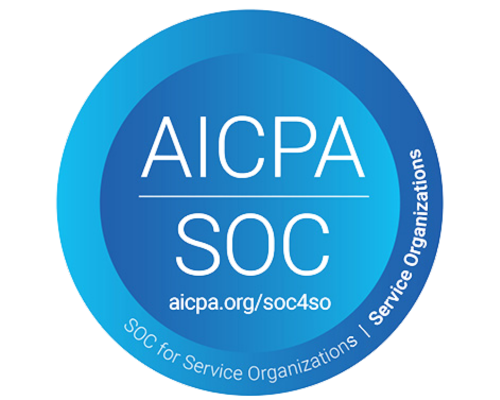Do You Have These 5 Essential Policies In Your Employee Handbook? Part 1: Ethics Policies

The new year is right around the corner, making this the perfect time to update your employee handbook. As new laws go into effect on January 1, 2024, reviewing and revising your company’s handbook ahead of time will help ensure that your company remains in compliance throughout the new year and beyond.
“Not only does a well-written handbook help ensure compliance with federal and state laws, but it also provides information to employees at their fingertips,” says Jamie Lucas, HR Business Partner at
HRlogics. “Don’t think of a handbook as a bad thing; consider it as a comprehensive guide that showcases policies, expectations, and even introduces employees to your culture, mission, and values.”
With that in mind, we turn to
Insperity, who helped inspire the important policies that are essential to your organization’s employee handbook in 2024. Throughout a series of blogs, we’ll highlight these vital policies and what you need to include in them in order to build a comprehensive and compliant handbook for the year ahead.
Ethics Policy: Cultivating Ethical Behavior and Company Culture
The first policy you should have in your handbook is a Code of Conduct Policy. This policy serves as the foundational guide for employees navigating questions about ethics and compliance. It encompasses a roadmap of expected behavior, emphasizing your company culture. Essential elements to include in your Code of Conduct Policy are:
- Code of Ethics: Define the ethical principles that guide employee behavior within the organization. This may encompass honesty, integrity, respect, and compliance with laws and regulations. Reinforce the commitment to ethical business practices and outline scenarios to help employees navigate ethical dilemmas.
- Dress Code and Grooming Standards: Clearly articulate the expected dress code and grooming standards for the workplace. Whether it's formal business attire, business casual, or a specific uniform, providing detailed guidelines helps employees understand the professional image the company aims to maintain.
- Workplace Safety: Emphasize the importance of maintaining a safe working environment. Outline safety protocols, emergency procedures, and the responsibility of each employee to contribute to a hazard-free workplace. Encourage reporting of safety concerns promptly.
- Attendance Requirements: Clearly communicate expectations regarding punctuality and attendance. Specify working hours, break times, and any flexibility or remote work options. Outline the procedure for requesting time off, reporting absences, and consequences for consistent tardiness.
- Performance Expectations: Set performance expectations for employees in alignment with the company's goals. Clearly define job responsibilities, quality standards, and productivity benchmarks. This section can also include information on performance reviews and career development opportunities.
- Conflict Resolution: Provide guidelines for constructively resolving conflicts. Encourage open communication, mediation, and reporting mechanisms for harassment or discrimination issues. Clearly state the company's commitment to fostering a respectful and inclusive workplace.
- Company Values: Reinforce the company's core values and how they translate into day-to-day actions. Highlight the role of employees in upholding these values and contributing to a positive organizational culture. Consider incorporating real-world examples to illustrate the application of values.
- Accessibility of the Code of Conduct: Ensure that the Code of Conduct is easily accessible to all employees. Whether it's provided in a handbook, posted in common areas, or available digitally, accessibility enhances awareness and compliance.
- Consequences for Violations: Clearly outline the consequences of violating the Code of Conduct. This may include disciplinary actions ranging from verbal warnings to termination, depending on the severity and recurrence of the violations. Ensure that the consequences are consistently enforced.
A comprehensive code sets the stage for a successful work environment. By addressing these aspects in your Code of Conduct policy, your organization can create a robust framework for ethical conduct, fostering a positive work environment and contributing to a strong company culture.
In the next blog, we’ll cover the next important policy: your company’s communications and devices policy. This policy will help your employees navigate technological etiquette when using company-issued devices, and explain proper protocols when representing the company on social media.
Remain Compliant All Year Long with HRlogics
Stay confidently compliant year-round with HRlogics, your trusted partner for compliance excellence. Outsource compliance burdens — like ACA reporting, Form I-9 verification, and unemployment claims management — to HRlogics, and rest assured that you’re safeguarding the future of your business.
Our dedicated and knowledgeable experts ensure that your business adheres to compliance regulations seamlessly, allowing you to focus on what you do best. Experience seamless compliance management with HRlogics’ user-friendly software, simplifying complex HR processes and empowering your team to confidently remain in compliance.
The information provided in this blog is for general informational purposes only and should not be construed as legal advice. While we strive to keep the content accurate and up-to-date, it may not reflect the most current legal standards or interpretations.





